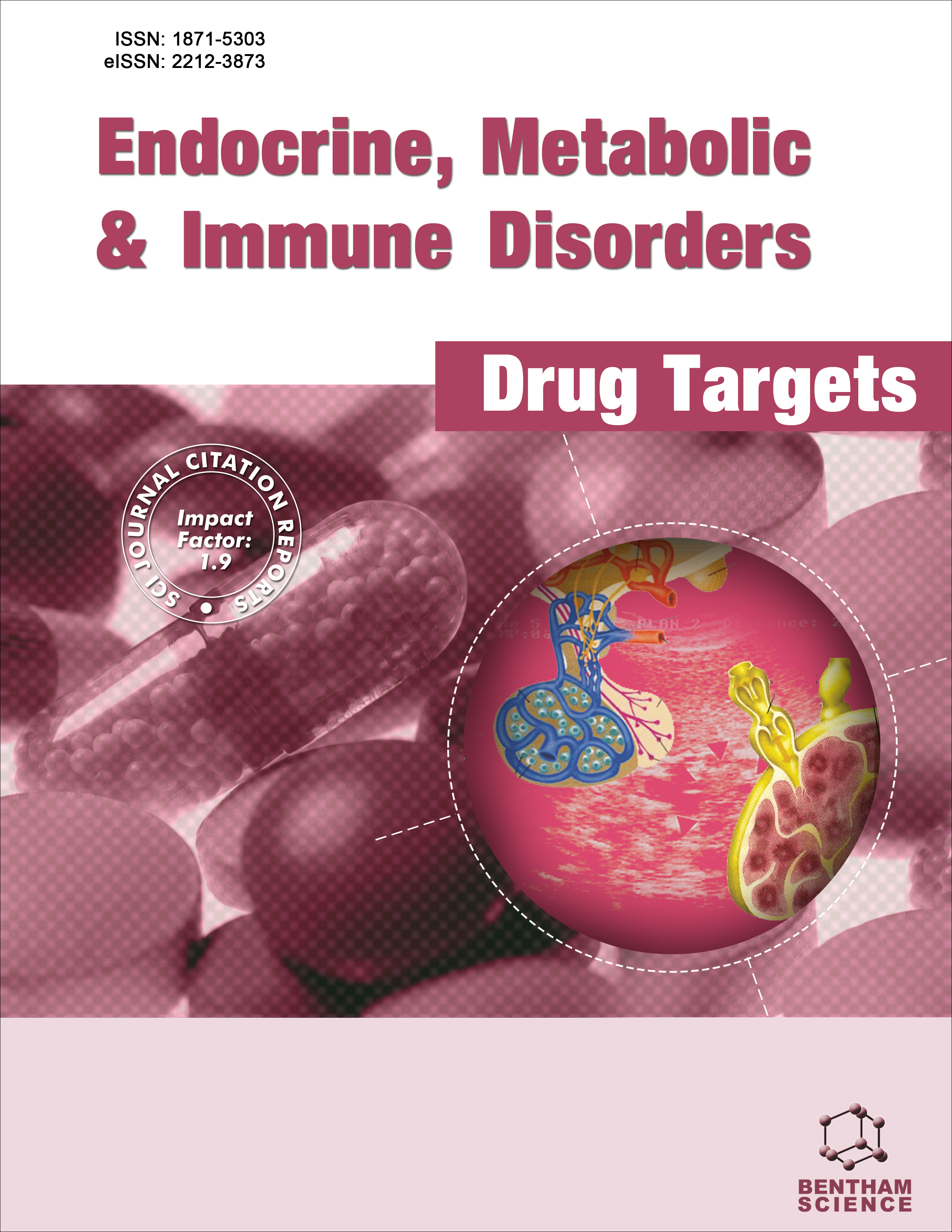
Full text loading...

Analysis of Traditional Chinese Medicine (TCM) constitution type general medical patients and the relationship between the metabolic index.
A cohort of 1,029 general individuals who underwent a physical examination at the Affiliated Hospital of Changchun University of Chinese Medicine for identification of their TCM constitution between January 2021 and April 2023 were included in this study. Their data were sorted and analyzed using Microsoft Excel and SPSS26.0 statistical software.
Among the 1029 study participants, the balanced constitution (BC) type was the most prevalent (33.24%), and the blood stasis constitution (BSC) type was the least prevalent (2.62%). Compared with BC, phlegm-dampness constitution (PDC) (P=0.000), yang-deficiency constitution (YADC) (P=0.000) and BSC (P=0.008) had significant differences in body mass index (BMI) (P<α). The systolic blood pressure (SBP) of PDC was different (P=0.042, P<α). There was a significant difference in diastolic blood pressure (P=0.001, P<α). The diastolic blood pressure (DBP) of YADC was significantly different (P=0.001, P<α). Yin-deficiency constitution (YIDC) (P = 0.007) and YADC differences between fasting blood glucose (FBG) (P = 0.025) were significantly (P<α). There were significant differences in uric acid (UA) of YADC (P=0.000), BSC (P=0.004), PDC (P=0.007) and qi-stagnation constitution (QSC) (P=0.012, P<α). The triglyceride (TG) of YADC (P=0.000) and PDC (P=0.005) were significantly different (P<α). There was a difference in total cholesterol (TC) between PDC (P=0.046) and BC (P<α). BSC (P = 0.028) and PDC (P = 0.023) of low-density lipoprotein cholesterol (LDL-C) also had a significant difference (P<α).
People with PDC, YADC and BSC had more abnormal metabolic indexes than people with BC, and the metabolic indexes of people with YIDC constitution were different from those with BC. Individuals with these four TCM constitution types should pay attention to making appropriate changes in lifestyles and dietary habits and take required measures to prevent the incidence and development of metabolic diseases.